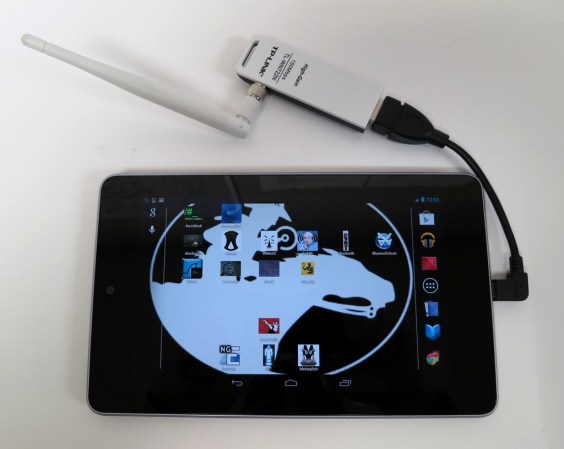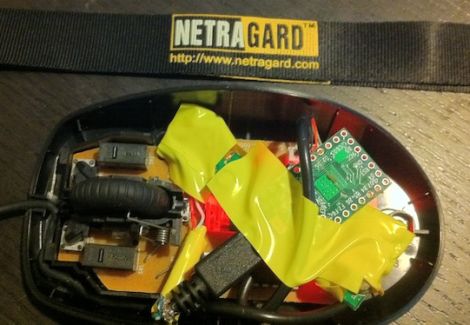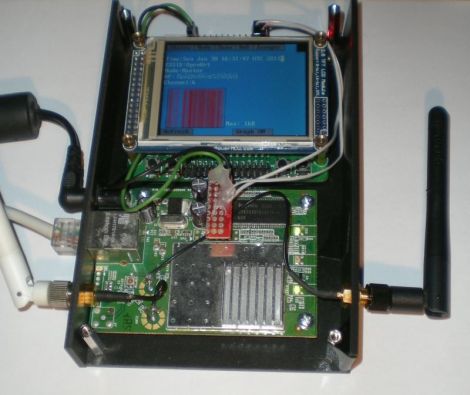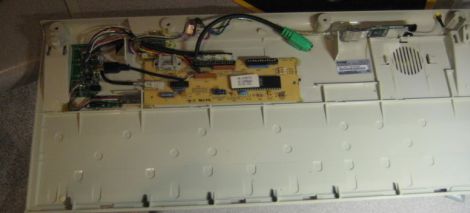
Over the last few months, we’ve seen our fair share of pentesting appliances. Whether they’re in the form of a Raspberry Pi with a custom distro, or an innocuous looking Internet-connected wall wart, they’re all great tools for investigating potential security vulnerabilites at home, in the workplace, or in someone else’s workplace. Pwnie Express, manufacturers of pentesting equipment, are now releasing one of the best looking and potentially most useful piece of pentesting equipment we’ve ever seen. It’s called the PwnPad, and it allows you to get your pentesting on while still looking stylish.
Based on Google’s Nexus 7 tablet, the PwnPad combines all the goodies of a really great tablet – the ability to read NFC tags and multiband radios – with open source tools and a USB OTG cable with USB Ethernet, Bluetooth, and WiFi adapters. Everything in the PwnPad is designed for maximum utility for pentesting applications.
Of course, for those of us that already have a $200 Nexus 7, Pwnie Express says they’ll be giving away the source for their software, enabling anyone with knowledge of make to have the same functionality of the PwnPad. Of course you’ll need to get yourself a USB OTG cable and the WiFi, Bluetooth, and Ethernet adapters, but that should only add up to about $100; combined with a $200 Nexus 7, building your own is more than just a bit cheaper than Pwnie Express’ asking pre-order price of $795.















